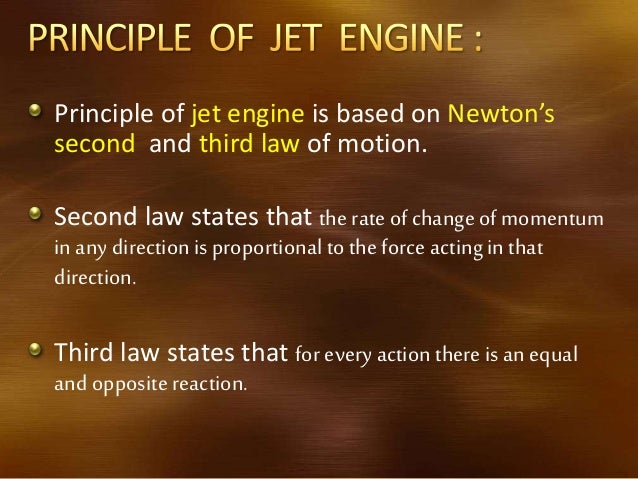
The tachometer installed in the cockpit can be used to calculate the rotational speed of the propeller, remembering that some propellers are geared so the speed of the engine does not always equal the propeller speed.

The rotational velocity at the propeller tip is a function of the radius and the rotational speed of the propeller. The maximum speed of the propeller will occur at the tip and can approach the speed of sound if the propeller diameter is made too large. The speed of the propeller varies with distance from the hub, increasing radially outward as this distance increases. The twist angle is a maximum at the hub, where the rotational velocity is the least, and a minimum at the tip which corresponds to the point of maximum rotational velocity. If the blade was not twisted then the angle of attack would vary greatly along the blade, producing an unpredictable force distribution. The angle of attack along the span is a function of the rotational velocity component, which is a function of the radius from the hub to each spanwise location. Twist is built into the propeller blade in order to ensure a more-or-less constant angle of attack along the span. The helix angle is defined as the angle between the relative airflow and the plane of rotation of the propeller. Conversely at lower airspeeds the angle of attack increases.
#This force is created by the engines of an airplane how to
Whereas a wing’s aerodynamic forces are a function of the forward speed of the aircraft, the propeller’s resultant velocity is a function of both the forward flying speed and the rotational speed of the blade (propeller rpm).įigure 3: How to determine the angle of attack of a propeller bladeĪt higher airspeeds the airspeed component of the relative airflow increases, which reduces the angle of attack at a given blade angle. Like a conventional wing a propeller blade will produce a lift and a drag force proportional to the square of the resultant velocity passing over the blade (relative airflow). The chord of each propeller blade joins the leading edge to the trailing edge and varies along the span from root to tip.Ī propeller blade is nothing more than a wing with a twisted airfoil section which spins around an axis perpendicular to the direction of motion of the aircraft. Each blade has a leading edge (impacts the air first) and a trailing edge. The root sections of each propeller blade come together at the propeller hub. A blade has a root and a tip, where the tip is located the outer-most region of the blade. This should come as no surprise as a propeller blade is essentially a twisted, rotating wing. The terminology used to describe the various parts of a propeller blade are very similar to that of a wing. Momentum is the product of mass and velocity and you can think of the thrust generated as the reaction to the acceleration of a column of air with a diameter equal to that of the propeller.įigure 1: Momentum transfer from propeller to air is responsible for thrust generation Propeller ForcesĪ propeller produces thrust through a momentum transfer from the propeller to the air by the rotation of the propeller blades. If you are interested in a more technical discussion on how to size an engine and propeller then you are encouraged to read this post, where a propeller and engine combination is specified for a conceptual light sport aircraft.

At worst, this could produce an inherently dangerous aircraft that may struggle to get airborne and could be prone to a complete engine or propeller inflight failure. A poorly chosen propeller-engine combination will at best result in an aircraft that does not meet the performance requirements outlined by the aircraft designer.

Engine and Propeller CombinationĪ propeller does not operate in isolation but rather must be designed to work in unison with the aircraft’s engine. We will discuss the forces generated by, and acting on a propeller, the variables associated with propeller design, the types of propellers in use, and how the propeller should be operated and managed in flight. This post will focus on the propeller and should provide a good overview of all aspects associated with light aircraft propellers. This rotational motion is then be converted into a forward thrusting force by the propeller which powers the aircraft forward and is required to balance the drag produced by moving through the atmosphere. An internal combustion engine is designed to convert the reciprocating motion of the pistons into rotational motion at the crankshaft.


 0 kommentar(er)
0 kommentar(er)
